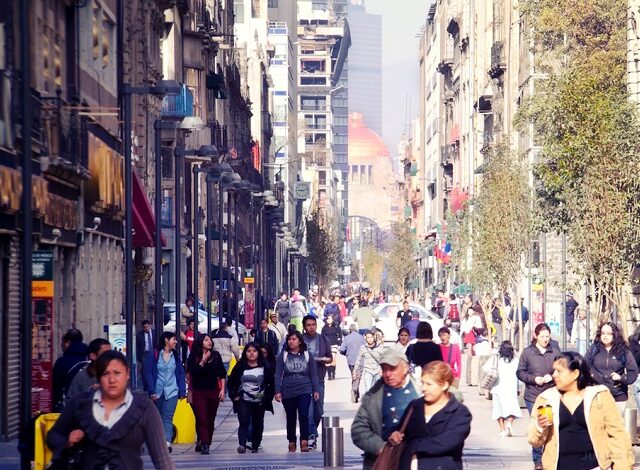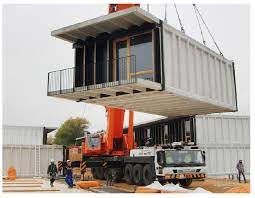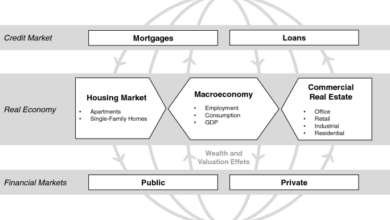The Popularity of Real Estate Investment in Transit-Oriented Development and Walkable Communities

As the world’s population continues to grow, so too does the demand for sustainable urban living. In response, many cities are focusing on creating transit-oriented developments and walkable communities. These areas offer residents easy access to public transportation and a variety of amenities within walking distance, making them increasingly popular places to live. With this growing demand, real estate investment in transit-oriented developments and walkable communities has become an attractive option for investors. In this article, we will explore the reasons behind this trend and the benefits of investing in such communities.
Understanding Transit-Oriented Development
Transit-oriented development (TOD) is a type of urban planning that emphasizes compact, walkable, mixed-use communities centered around public transportation. By creating dense, pedestrian-friendly neighborhoods around transit stations, TOD encourages people to use public transportation instead of driving, reducing traffic congestion and pollution. This type of development is becoming increasingly popular in cities across the world, and investors are taking notice.
The Advantages of Investing in Transit-Oriented Development
There are several reasons why investors are choosing to put their money into TOD projects. Firstly, TODs are more resilient to economic downturns, as they provide easy access to public transportation, which is an essential service that people will always need. This makes TODs less susceptible to market fluctuations and more resistant to recessions.
Another advantage of investing in TODs is that they typically have higher property values and rental rates than non-TOD areas. This is due to the convenient location and the range of amenities available within walking distance. In addition, TODs are often considered more desirable places to live, which further boosts property values.
The Appeal of Walkable Communities
In addition to TODs, walkable communities are also becoming increasingly popular. These communities are designed to be pedestrian-friendly, with a mix of residential, commercial, and retail spaces within easy walking distance. This creates a vibrant, community-focused atmosphere that encourages social interaction and a sense of belonging.
Walkable communities are particularly appealing to younger generations who prioritize a walkable lifestyle over car ownership. With the rise of ride-sharing services and bike-sharing programs, it is becoming increasingly feasible to live without a car in a walkable community. This is a major draw for millennials and Gen Z, who are driving the demand for these types of neighborhoods.
The Benefits of Investing in Walkable Communities
Investing in walkable communities can offer several benefits for investors. Similar to TODs, walkable communities tend to have higher property values and rental rates, as they are in high demand. Additionally, walkable communities tend to have lower vacancy rates, as the high demand for housing in these areas means that properties are quickly rented out or sold.
Investing in walkable communities can also offer social benefits. By investing in a community-focused development, investors can help to create a sense of community and belonging, which can lead to higher tenant retention rates and a more positive overall atmosphere.
Conclusion
As cities continue to grow and evolve, transit-oriented development and walkable communities are becoming increasingly popular. With their focus on sustainability, convenience, and community, these types of developments offer a range of benefits for investors. From higher property values and rental rates to a more resilient investment portfolio, investing in TODs and walkable communities is an attractive option for those looking to invest in the future of sustainable urban living.



